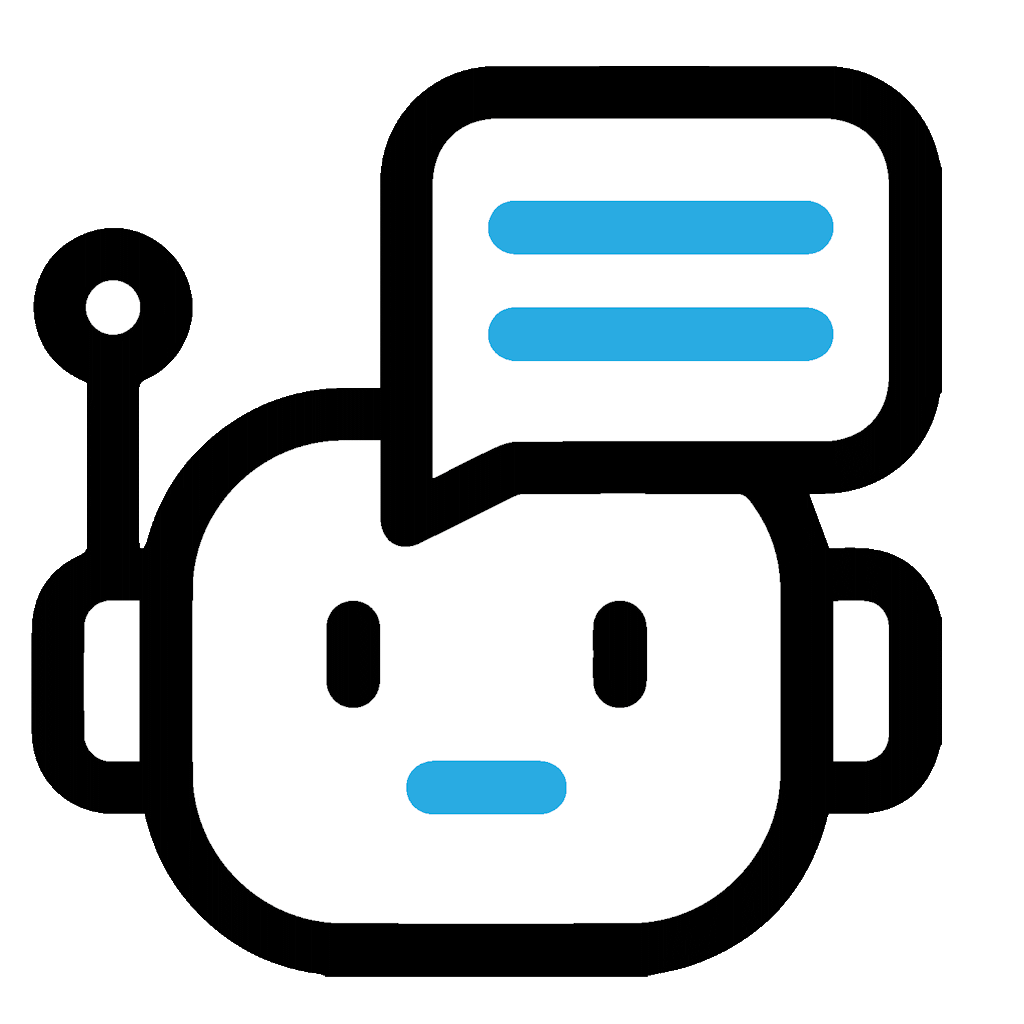The widespread prevalence has made it necessary for teachers to acquire knowledge of AI applications. Today, every other software and hardware is being equipped with AI. Given the reason, schools, universities, and institutes are now hiring teachers who have become experts in AI education. There are several AI education remote jobs for teachers for which you can get yourself trained and apply today!
If you are a teacher and are looking for a job, it is no longer difficult to find a perfect fit. We have carefully compiled a list of the 10 best AI education remote jobs for teachers. With the right microcredentials for teachers and skills, you can work as a freelancer remotely from anywhere in the world. The pay scale is good, and flexible working hours make it more interesting.
Top 10 AI Education Remote Jobs for Teachers in 2026
First, scan this map so the list feels easy to follow. Next, jump to the roles that match your strengths. Finally, use the steps to start small and grow.
1. AI Curriculum Designer
Schools and edtech teams ask for units that add AI in safe and simple ways. As an AI Curriculum Designer, you plan a scope and sequence, write teacher notes, and align each step to standards so lessons stay clear and useful. You also pick tools that truly help learning, keep prompts age safe, and add checks for understanding at the right time. AI ethics in education keeps decisions fair, transparent, and safe for students.
To begin, build a small portfolio with three to five units. Include targets, sample prompts, quick rubrics, and short guidance on privacy and access needs so leaders can trust your work. When you share your profile, place AI curriculum developer remote in the copy to match common searches.
Pros:
- Clear standards alignment.
- Reusable unit templates.
- Improves lesson coherence.
- Supports accessibility needs.
Cons:
- Time-intensive curriculum builds.
- Requires ongoing tool updates.
- Stakeholder approvals can be delayed.
- Limited direct student contact.

2. Remote AI Literacy Coach for Schools
Staff often need calm help when they first try AI. As a Remote AI Literacy Coach for Schools, you model simple use, show safe habits, and offer short, ready checklists that teachers can follow tomorrow. Live video sessions, quick demos, and friendly Q&A keep the mood steady.
Start by creating a tiny library of demos for reading, writing, feedback, and enrichment. Add subtitles to short clips so busy teachers can watch on mute and still learn. On your site, include a K-12 AI literacy coach online so schools can find your page.
Pros:
- Practical, classroom-ready guidance.
- Builds safe AI habits.
- Flexible remote workshop schedule.
- Supports whole staff growth.
Cons:
- Adoption may be uneven.
- Needs strong admin support.
- Results are hard to quantify quickly.
- Scheduling across time zones.
3. Virtual Prompt Engineering Instructor
Clear prompts make clear outputs. As a Virtual Prompt Engineering Instructor, you teach roles, constraints, examples, and review steps so teachers can get useful results without wasting time. You also show how to test for accuracy, spot bias, and keep content age-appropriate.
Create before and after examples so people can see the change. Place the old prompt, the improved prompt, and the better result side by side, and add one reason why the fix helped the learning goal. When you publish your course, add the online prompt engineering course instructor to the title and description.
Pros:
- Teaches clear prompt structure.
- Fast skills teachers can use.
- Improves output quality consistently.
- Works well in cohorts.
Cons:
- Trends change very quickly.
- Risk of shallow understanding.
- Quality varies across tools.
- Requires frequent course updates.
4. Online AI Safety and Data Ethics Educator
Good practice begins with safety and ethics. AI ethics for remote jobs protects student data and guides safe choices. As an Online AI Safety and Data Ethics Educator, you explain data paths, consent, bias, and local rules in plain words that any staff member can follow. Real classroom cases keep the ideas grounded and useful.
Design one simple review path that teams can reuse. Start with the goal, map the data, check the risk, test with samples, and write down the decision so the record stays clear. In your bio, place a remote AI ethics educator so districts and nonprofits can reach you.
Pros:
- Centers on privacy and consent.
- Reduces bias and risk.
- Gives simple decision checks.
- Builds trust with families.
Cons:
- Policies can often change.
- Complex topics need time.
- Compliance demands careful documentation.
- Pushback from some stakeholders.
5. AI Assessment and Analytics Specialist
Teachers want fast, fair feedback for better lessons. AI detectors for teachers help spot copied or AI-written work and support fair feedback. As an AI Assessment and Analytics Specialist, you design short checks, refine rubrics, and create simple dashboards that help staff see patterns without fear. The aim is to support teacher judgment rather than replace it.
Build a sample workflow with anonymized data and walk through it in a short video. Explain how to validate numbers, where to add human review, and when to ignore an odd suggestion so trust stays high. On your resume and portfolio, include education data analyst AI remote to match hiring filters.
Pros:
- Speeds formative feedback cycles.
- Surfaces useful learning patterns.
- Supports data-informed teaching.
- Builds simple, clear dashboards.
Cons:
- Data quality may vary.
- Risk of overreliance on metrics.
- Requires staff training time.
- Tool costs can rise.
6. Learning Experience Designer for AI Courses
Some teachers love to craft learning paths. As a Learning Experience Designer for AI Courses, you set outcomes, storyboard activities, and place small checks to keep learners moving with confidence. Evidence-based strategies, like retrieval practice and worked examples, pair well with AI tools when used with care.
Create a clean map of one course and record a brief tour. Point to the spots where AI adds value, show how feedback is given, and note the access features so all learners can join. In your headings and metadata, add learning experience designer AI so the right teams discover you.
Pros:
- Creates engaging learning paths.
- Aligns outcomes and checks.
- Uses research-based methods.
- Improves learner completion rates.
Cons:
- Storyboarding can be slow.
- Needs cross-team coordination.
- Accessibility work is detailed.
- Content updates are ongoing.

7. Educational Content Writer for AI Platforms
Clear words help teachers use tools well. AI essay writers are tools for brainstorming, not a replacement for student writing. As an Educational Content Writer for AI Platforms, you produce guides, help pages, and classroom examples that work the same day a feature ships. You also write short emails and tutorial scripts that support busy staff.
Prepare three samples to prove your fit. Draft a quick-start guide, write one classroom use case, and add an FAQ with screenshots and short labels. Keep the tone friendly and exact. On your site, use an edtech content writer AI remote so recruiters can locate your work.
Pros:
- Explains features with clarity.
- Creates guides that teachers reuse.
- Reduces support ticket volume.
- Supports new feature adoption.
Cons:
- Release cycles can rush.
- Requires constant product learning.
- Style reviews add rounds.
- Impact is hard to measure directly.
8. AI Integration Consultant for K-12 Districts
Leaders want plans that show real gains. As an AI Integration Consultant for K-12 Districts, you help teams choose tools, set up a small pilot, train staff, and measure the change in student work. Clear steps, fair costs, and good records make trust grow.
Create two or three short case studies. Show the baseline, the pilot plan, the teacher feedback, and the outcome after several weeks, so results feel real. An AI mobile education application supports on-the-go practice. When you submit proposals or post services, include an AI integration consultant for schools to match common queries.
Pros:
- Starts with small pilots.
- Defines clear success metrics.
- Builds practical staff playbooks.
- Balances cost and impact.
Cons:
- Procurement can slow work.
- Change management is challenging.
- Competing priorities disrupt timelines.
- Results may take months.
9. Online Machine Learning Tutor for Educators
Some educators want a deeper view of how models work. As an Online Machine Learning Tutor for Educators, you teach the main ideas with simple visuals and small datasets, then link each idea to a classroom task. Sessions stay short and focused, so a busy week can still fit in learning.
Design tiny labs that build confidence. Provide data files, step notes, and a clean answer key so practice feels safe and clear. AI tools for teachers work best when lessons lead and features follow. In your profile, write online as a machine learning tutor for teachers to help the right audience find you.
Pros:
- Builds core ML intuition.
- Uses small, simple datasets.
- Connects directly to teaching.
- Flexible sessions for schedules.
Cons:
- Background knowledge may differ.
- The technical setup can fail.
- Progress varies by cohort.
- Prep time can be high.
10. AI Chatbot Lesson Plan Specialist
Many schools ask for ready plans that use chatbots with care. As an AI Chatbot Lesson Plan Specialist, you design prompt patterns, guardrails, and clear assessment steps so students learn well and stay safe. Plans include grade bands, subject options, and supports for diverse needs.
Build a small set of templates that any teacher can copy in minutes. Add a one-page safety note and sample student work so decision makers can see results fast. When you publish your offer, include an AI chatbot lesson plan specialist so the niche is easy to find. Teachers may consult independent analysis on AI in education policy and practice for a broader context.
Pros:
- Provides ready classroom templates.
- Defines safe prompt patterns.
- Supports multiple grade bands.
- Saves teacher planning time.
Cons:
- Quality control is crucial.
- Risk of tool dependence.
- Needs strong safety guardrails.
- Frequent updates for alignment.

Comparison Table: AI Education Remote Jobs for Teachers
| Role | Main work | Best for | Key deliverables | How to show fit | Remote notes |
|---|---|---|---|---|---|
| AI Curriculum Designer | Plan AI units, align to standards, write teacher notes | Strong unit planners | Scope and sequence, rubrics, teacher guides | Portfolio with 3 to 5 units | Fully remote with docs and video calls |
| Remote AI Literacy Coach for Schools | Train staff, model safe use, build checklists | Patient teacher coaches | Slide decks, demo videos, policy briefs | Small library of 10 to 12 demos | Live sessions over Zoom or Meet |
| Virtual Prompt Engineering Instructor | Teach prompt patterns, review outputs, and reduce bias | Clear communicators | Lesson videos, prompt banks, practice tasks | Before and after prompt samples | Cohorts or on-demand courses |
| Online AI Safety and Data Ethics Educator | Explain rules, map data paths, and assess risk | Policy-minded educators | Risk checklists, consent templates, case briefs | Simple decision framework and forms | Remote workshops and audits |
| AI Assessment and Analytics Specialist | Build quick checks, refine rubrics, and read data | Data curious teachers | Dashboards, item banks, feedback flows | Short workflow on anonymized data | Asynchronous build with periodic calls |
| Learning Experience Designer for AI Courses | Set outcomes, storyboard, embed checks | Instructional designers | Course maps, storyboards, quiz items | Video tour of one course map | Partner with subject matter experts and engineers |
| Educational Content Writer for AI Platforms | Write guides, FAQs, emails, scripts | Clear and concise writers | Help center articles, tutorials, and onboarding | Three samples with screenshots | Asynchronous writing with review cycles |
| AI Integration Consultant for K to 12 Districts | Run pilots, train staff, measure results | Strategic planners | Pilot plans, playbooks, reports | Two to three short case studies | Mix of live calls and asynchronous docs |
| Online Machine Learning Tutor for Educators | Teach core ML ideas with small labs | Patient mentors | Lab sheets, datasets, answer keys | Sample lesson with visuals | Small groups or one-to-one online |
| AI Chatbot Lesson Plan Specialist | Design safe prompt patterns and plans | Practical lesson designers | Lesson templates, safety notes, samples | Set of ready-to-copy plans | Fully remote with template delivery |
Conclusion
AI education remote jobs give teachers real choices. Each role uses skills you already have, such as lesson design, coaching, writing, and data sense. Start with one small offer, collect one or two short reviews, and grow from there so progress stays steady.
As you gain practice, you can blend roles to fit your schedule. For example, you might write content for a platform while you coach one district every week. You could design units and tutor a tiny ML cohort in the same month. Clear work, safe practice, and steady results will help you stand out.

